What Is A Comparison Microscope ?
A comparison microscope is a specialized microscope that allows for the simultaneous viewing of two different specimens or objects side by side. It consists of two separate optical paths, each with its own set of objectives and eyepieces, which are combined into a single image for comparison. This type of microscope is commonly used in forensic science and other fields where the comparison of two objects or specimens is necessary, such as ballistics, document examination, and trace evidence analysis. The ability to view two samples simultaneously under the same magnification and lighting conditions makes it easier to identify similarities or differences between them, aiding in the analysis and comparison process.
1、 Optical instrument for side-by-side comparison of two objects.
A comparison microscope is an optical instrument that allows for the side-by-side comparison of two objects. It consists of two microscopes connected by an optical bridge, which enables simultaneous viewing of both objects. This type of microscope is commonly used in forensic science, particularly in the analysis of firearms, tool marks, and other types of physical evidence.
The comparison microscope provides a unique advantage in forensic investigations by allowing examiners to directly compare two objects under high magnification. This enables them to identify similarities or differences in their physical characteristics, such as striations, patterns, or other microscopic details. By examining the objects together, examiners can make more accurate and reliable conclusions about their origin or potential connection.
In recent years, advancements in technology have enhanced the capabilities of comparison microscopes. Digital imaging systems have been integrated into some models, allowing for the capture and storage of high-resolution images. This enables examiners to document their findings and share them with other experts for further analysis or collaboration. Additionally, some comparison microscopes now offer advanced image analysis software, which can assist in the identification and comparison of complex patterns or features.
The use of comparison microscopes in forensic science has proven to be invaluable in criminal investigations. It has helped link suspects to crime scenes, identify the source of tool marks, and provide crucial evidence in court proceedings. However, it is important to note that the interpretation of comparison microscope results requires expertise and careful analysis by trained forensic examiners. The reliability and accuracy of the conclusions drawn from a comparison microscope examination depend on the examiner's knowledge, experience, and adherence to established protocols and standards.

2、 Used in forensic science to analyze physical evidence.
A comparison microscope is a powerful tool used in forensic science to analyze physical evidence. It is a specialized microscope that allows side-by-side comparison of two different specimens or objects simultaneously. This enables forensic scientists to examine and compare minute details of evidence, such as fibers, hairs, tool marks, or ballistic evidence, to determine if they originate from the same source.
The comparison microscope consists of two separate microscopes connected by an optical bridge, which allows the viewer to see both specimens at the same time. This setup enables a detailed and precise examination of the evidence, as any similarities or differences between the two samples can be easily identified. By observing the evidence under high magnification, forensic scientists can make informed conclusions about the likelihood of a match or association between the samples.
In recent years, advancements in technology have enhanced the capabilities of comparison microscopes. Digital imaging systems have been integrated into some models, allowing for the capture and storage of high-resolution images. This enables forensic scientists to document their findings and share them with colleagues or present them as evidence in court. Additionally, some comparison microscopes now have advanced software that can aid in the analysis process, such as automatic pattern recognition or image enhancement tools.
The use of comparison microscopes in forensic science has proven to be invaluable in criminal investigations. It has helped link suspects to crime scenes, identify weapons used in crimes, and establish connections between different pieces of evidence. However, it is important to note that while comparison microscopes can provide strong evidence, they are just one tool in a forensic scientist's arsenal. Other techniques and methods, such as DNA analysis, fingerprinting, or ballistics testing, are often used in conjunction with the comparison microscope to build a comprehensive case.

3、 Provides simultaneous magnified views of specimens for comparison.
A comparison microscope is a specialized microscope that provides simultaneous magnified views of two specimens for comparison. It consists of two separate optical paths, each with its own objective lens and eyepiece. The two specimens are placed side by side, and the microscope allows the viewer to observe both specimens at the same time, making it easier to compare and analyze their similarities and differences.
The comparison microscope is commonly used in forensic science, particularly in the field of firearms examination. It allows forensic scientists to compare bullets or cartridge cases found at crime scenes with those test-fired from suspect firearms. By placing the two specimens under the microscope, examiners can examine the striations and other unique markings on the bullets or cartridge cases to determine if they were fired from the same firearm.
In addition to forensic science, the comparison microscope is also used in other fields such as biology, geology, and materials science. It can be used to compare different types of cells, rocks, minerals, fibers, and other microscopic specimens. This tool enables scientists to study and analyze the similarities and differences between specimens, aiding in research and identification.
The latest advancements in comparison microscopes include digital imaging capabilities. This allows the simultaneous magnified views to be captured and stored as digital images, making it easier to document and share findings. Furthermore, some modern comparison microscopes are equipped with advanced image analysis software, which can assist in automated comparisons and enhance the accuracy and efficiency of examinations.
Overall, the comparison microscope is a valuable tool in various scientific disciplines, providing a convenient and efficient way to compare and analyze specimens for research, identification, and forensic investigations.
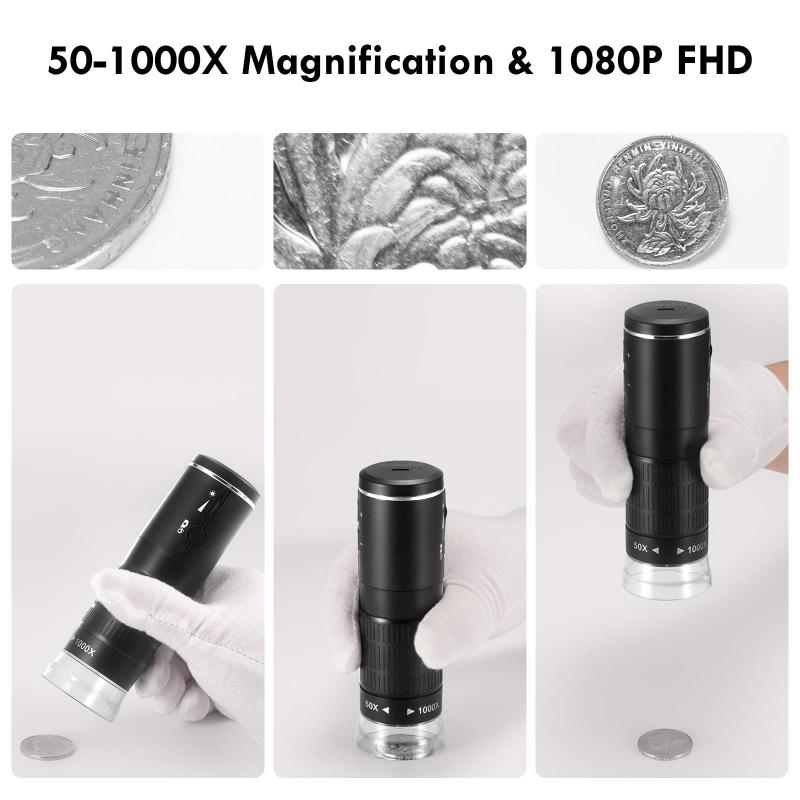
4、 Enables detailed examination of similarities and differences between objects.
A comparison microscope is a specialized tool used in forensic science and other fields to enable detailed examination of similarities and differences between objects. It consists of two microscopes connected by an optical bridge, allowing the user to view two specimens side by side simultaneously. This unique design allows for a direct comparison of the two objects, making it easier to identify similarities or differences in their physical characteristics.
The comparison microscope has been widely used in forensic investigations, particularly in the analysis of firearms and tool marks. By placing two bullets or cartridge cases under the microscopes, examiners can compare the striations and other markings left on the surfaces. This can help determine if the bullets or casings were fired from the same weapon, providing crucial evidence in criminal investigations.
In addition to forensic science, the comparison microscope has also found applications in other fields such as geology, biology, and materials science. Geologists can use it to compare mineral samples, while biologists can examine different species or variations within a species. Materials scientists can analyze the composition and structure of various materials, aiding in the development of new materials or quality control of existing ones.
The latest advancements in comparison microscopes include digital imaging capabilities, allowing for the capture and storage of high-resolution images. This enables examiners to document their findings and share them with colleagues or present them as evidence in court. Furthermore, some modern comparison microscopes are equipped with advanced software that can automatically analyze and compare images, reducing human error and increasing efficiency.
Overall, the comparison microscope remains an invaluable tool in various scientific disciplines, enabling detailed examination and comparison of objects to uncover important information and insights.











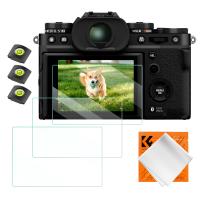




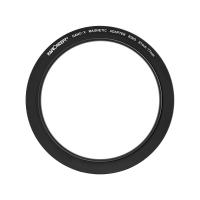


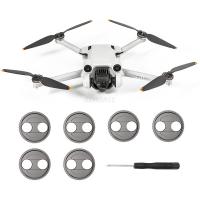
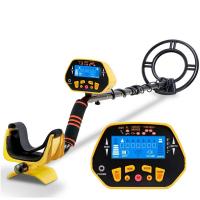

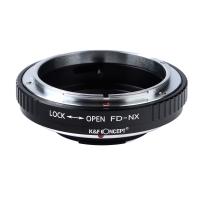
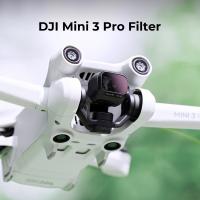


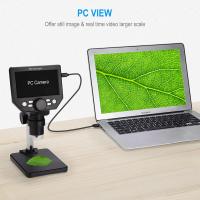

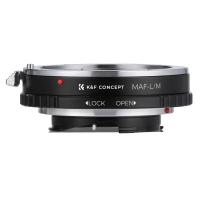
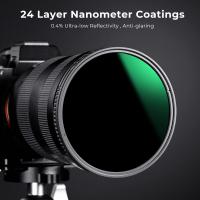

There are no comments for this blog.